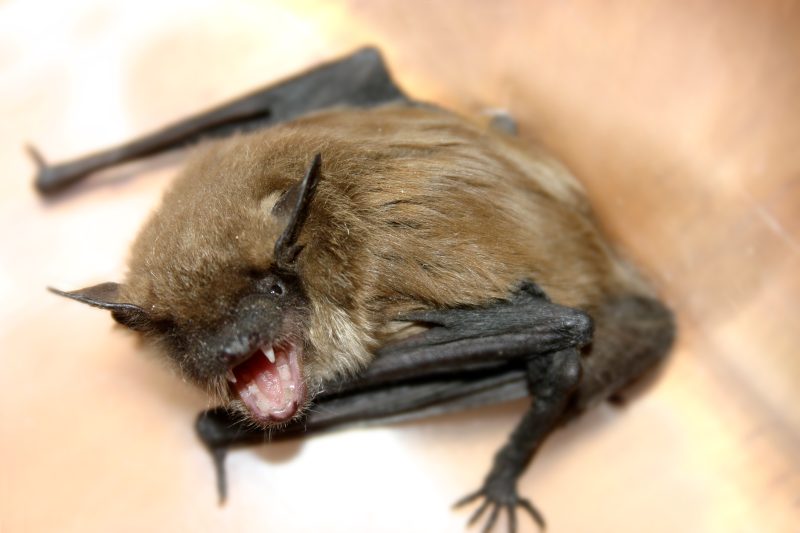
The California Department of Public Health issued a warning to residents who believe they may have been infected with rabies, urging them to seek immediate medical attention before it is too late.
The warning comes after a Fresno County teacher died last week after being bitten by a possibly rabid bat.
“Bat bites are incredibly small and difficult to see and detect,” CDPH Director and State Public Health Officer Dr. Tomás J. Aragon said in a news release issued after the woman’s death. . “It’s important to wash your hands after touching a wild animal, check for open wounds, and seek immediate medical attention if bitten.”
Video: Robbers allegedly targeted the same luxury Los Angeles home twice in three days
According to recent data cited by the Centers for Disease Control and Prevention, the most common cause of rabies in the United States is bites or scratches from animals, most commonly bats, raccoons, skunks, and foxes (in that order). However, because vaccination is widely available, there is usually no risk that dogs can spread rabies to humans in the United States.
These vaccinations, along with readily available care for potentially infected people and programs designed to control rabies outbreaks among wild animals, have reduced the number of deaths in the United States over the past 65 years. has been significantly reduced. The CDC says that before 1960, rabies killed “hundreds” of people a year, but now “fewer than 10” people die from rabies each year.
However, on a global scale, rabies causes tens of thousands of deaths each year. The World Health Organization estimates that 59,000 people die each year from the disease (40% of whom are children under 15), but this is because some cases go unreported or unconfirmed. He acknowledged that the figures may be a “significant underestimate”. Meanwhile, the CDC puts the number closer to 70,000.
The highest concentration of deaths is in Africa and Asia, where dog-borne rabies has not been eradicated. The WHO estimates that 35% of rabies deaths occur in India. One reason for this is that post-exposure medical care costs are prohibitive.
A child being bitten by a suspected rabid animal and being treated in a clinic, 1968. (Image courtesy of CDC; Smith Collection/Gado/Getty Images)
Additionally, many people exposed to rabies may not know they are infected until it is too late, as the incubation period lasts several months. (The California teacher started showing symptoms about a month after being bitten, her friend said.) When patients start experiencing symptoms, they include fever, pain, and tingling at the bite site. This can lead to a feeling of discomfort, followed by more serious neurological problems and brain damage. Dysfunction — “Death is inevitable,” the WHO writes.
For this reason, health officials urge anyone infected with rabies to seek immediate medical attention and discuss post-exposure prophylaxis (PEP). This type of care typically includes wound cleaning, vaccination, and antibody treatments, which can prevent the rabies virus from reaching the central nervous system.
The CDC estimates that approximately 60,000 Americans receive PEP treatment after a bite or exposure each year. (Some people who work or live in high-risk jobs or areas may be eligible for preventive vaccinations known as pre-exposure prophylaxis (PrEP).)
Al Pacino claims he nearly died from coronavirus: ‘He’s already passed away’
The ultimate goal is to apply the same methods to reduce rabies deaths worldwide. CDC and WHO, in collaboration with international task forces and health organizations, are continuing to make strides to support vaccine availability, vaccination programs, education, and training.
“Rabies control programs have been implemented in many countries and have shown significant results, including increased dog vaccination coverage, improved access to PEP, and reduced human deaths,” the WHO wrote. “The international community aims to eliminate human deaths from dog-borne rabies by 2030.”
Source link




